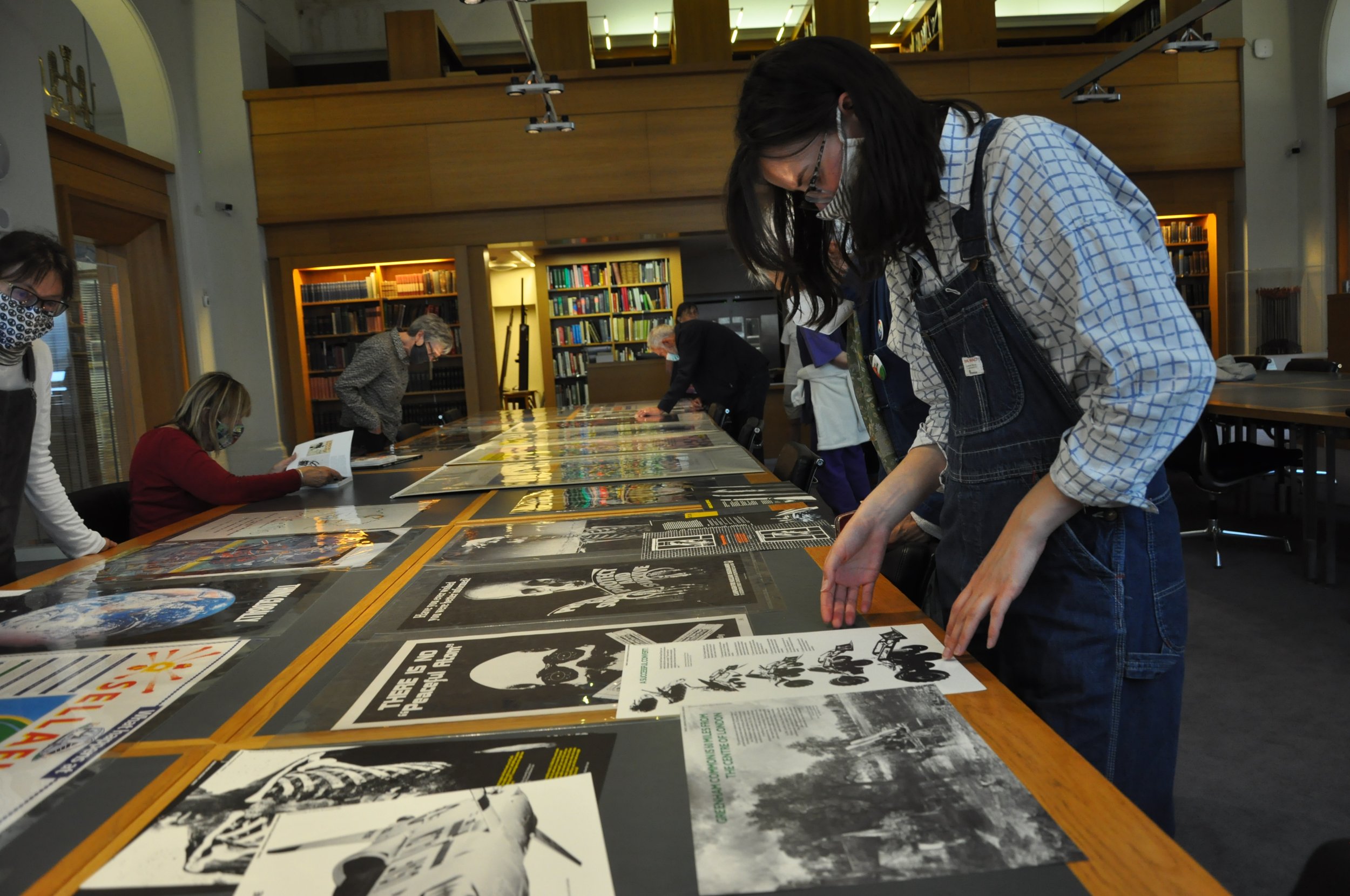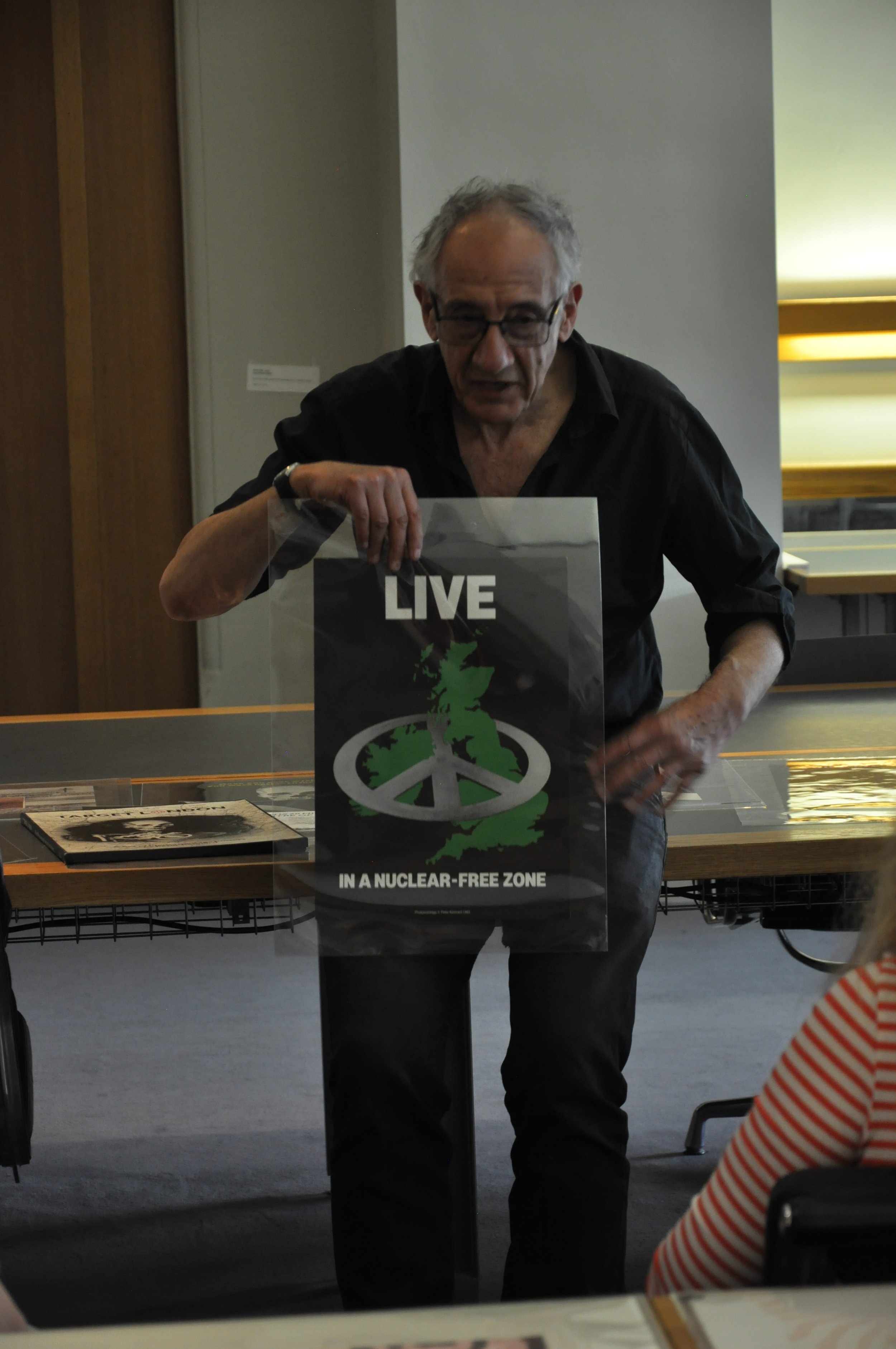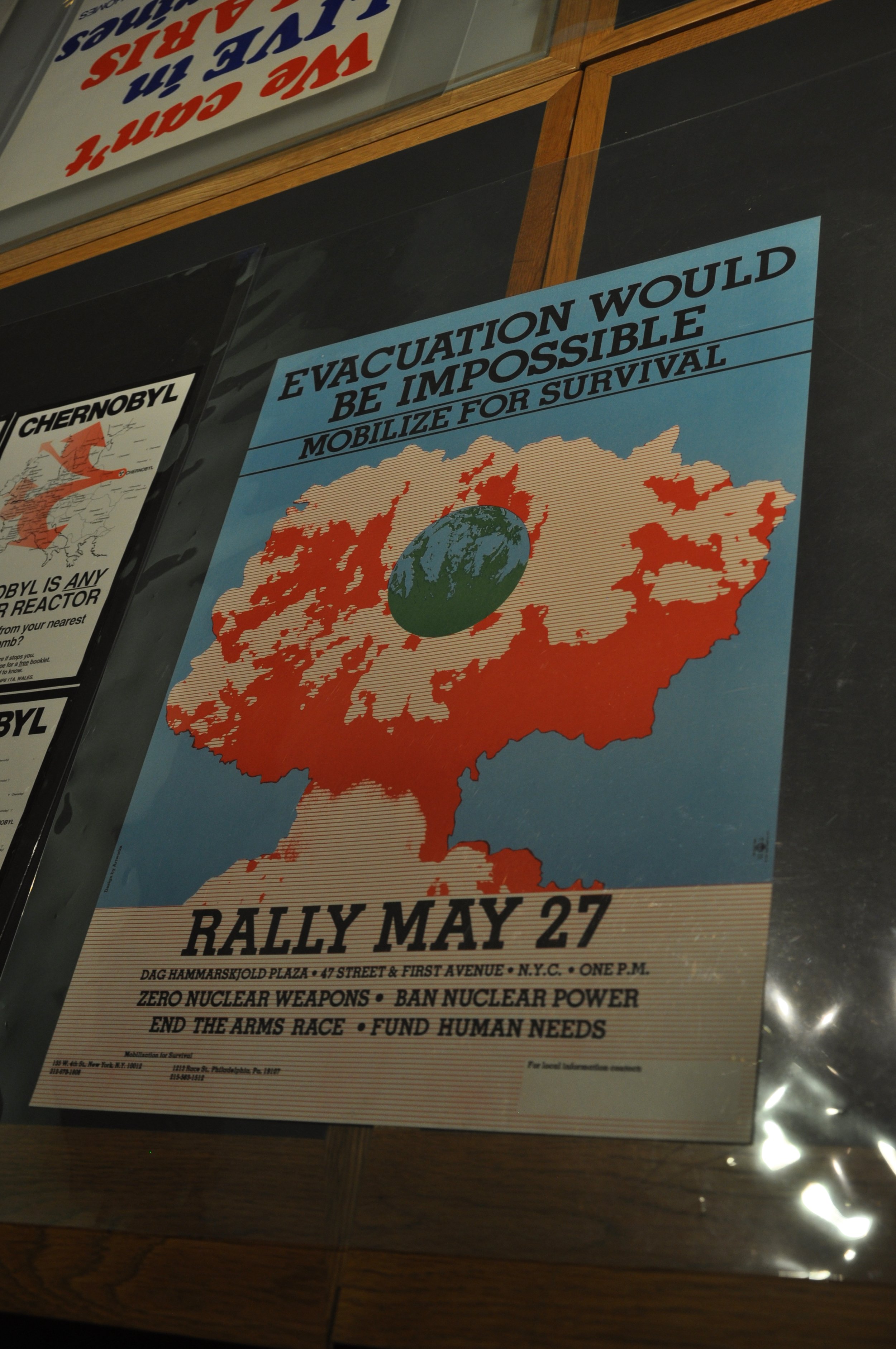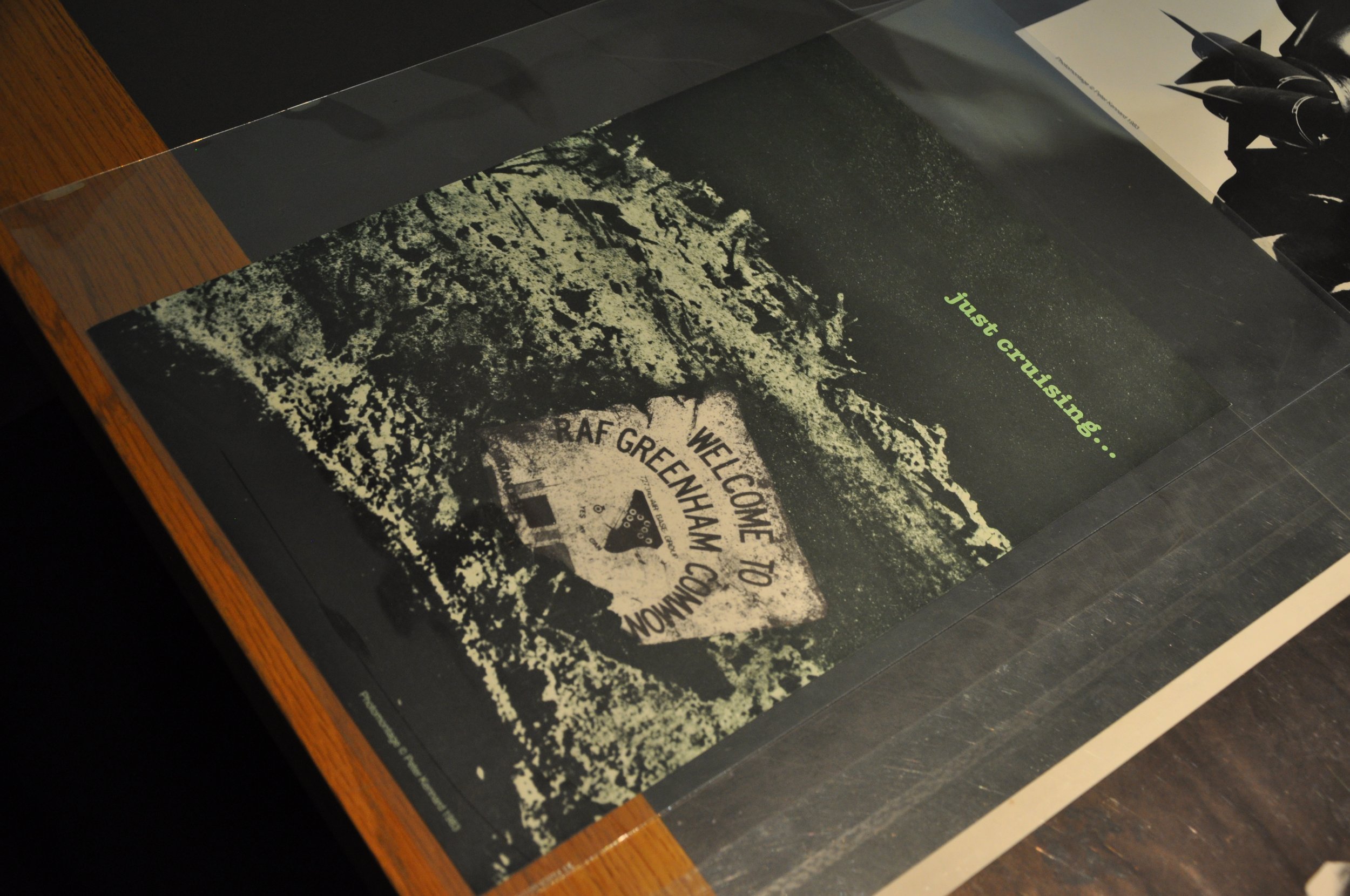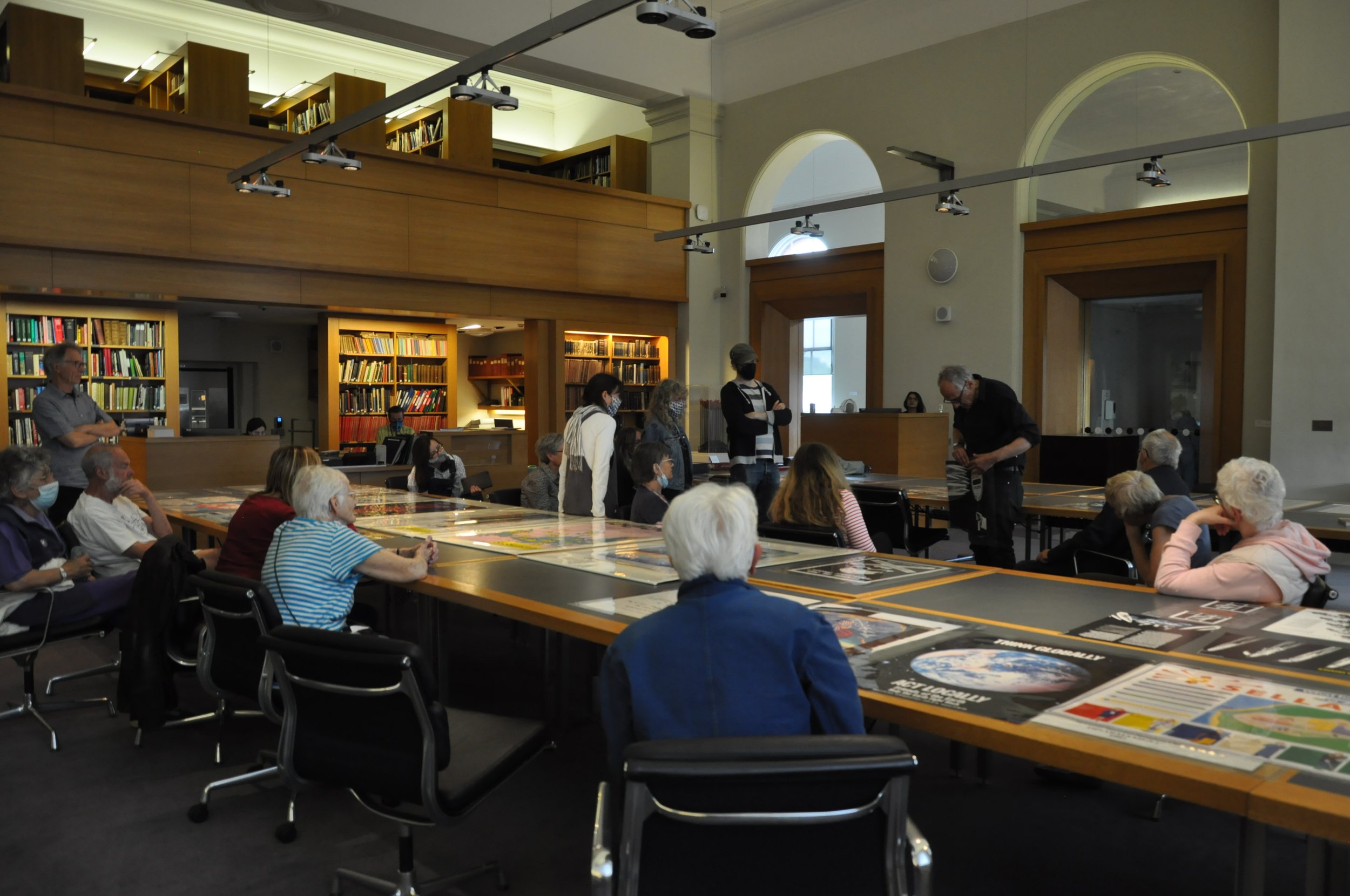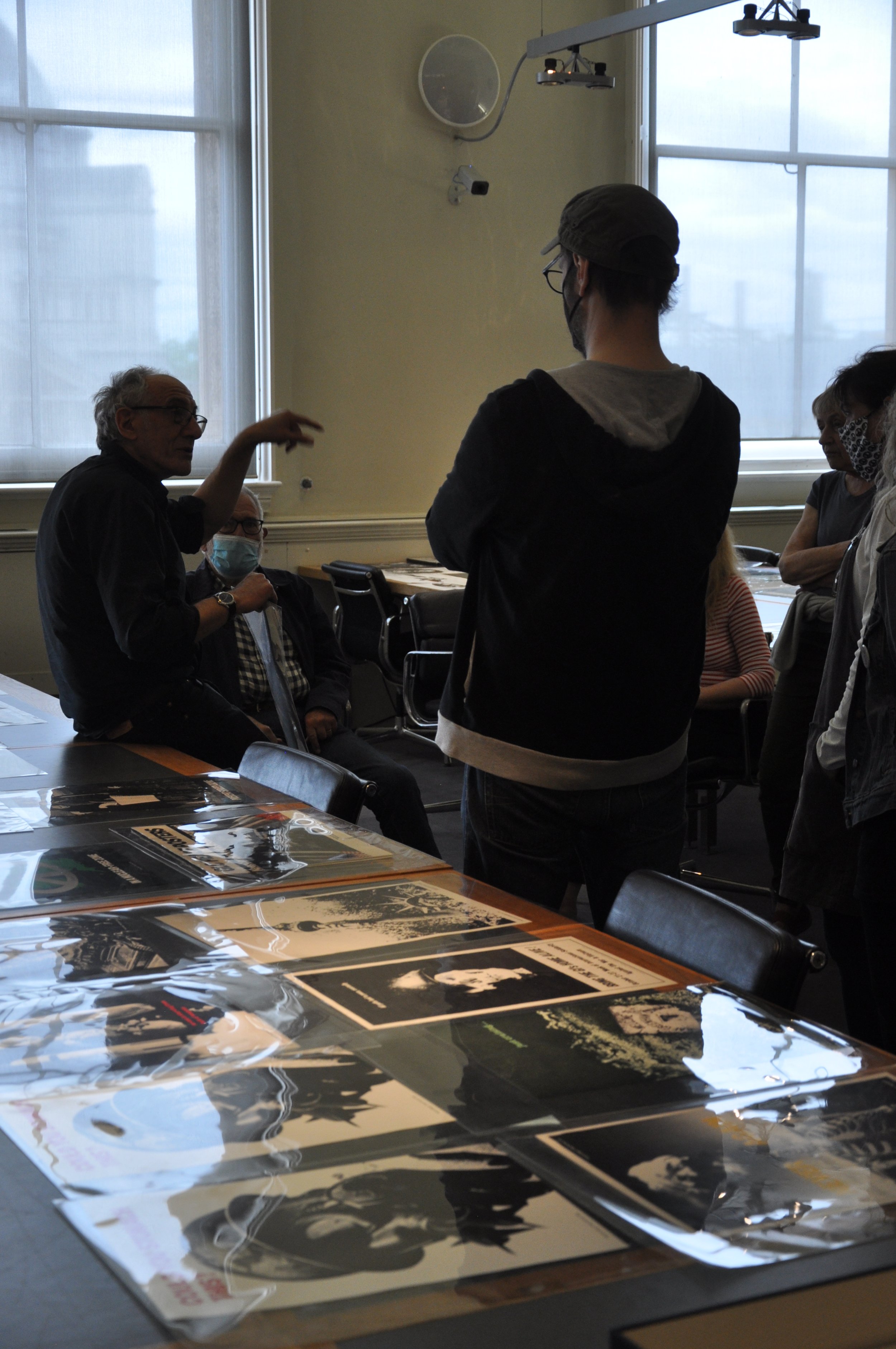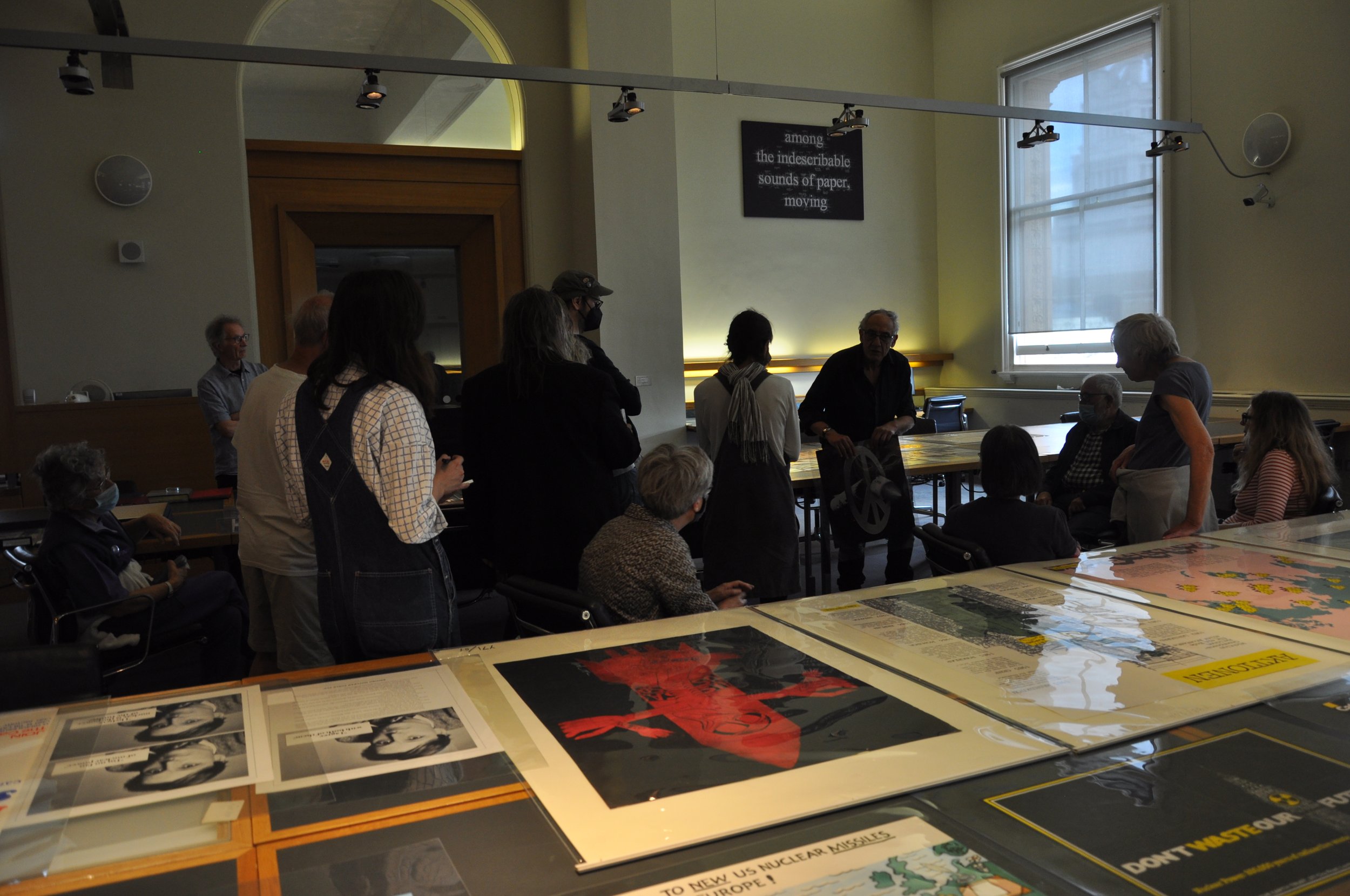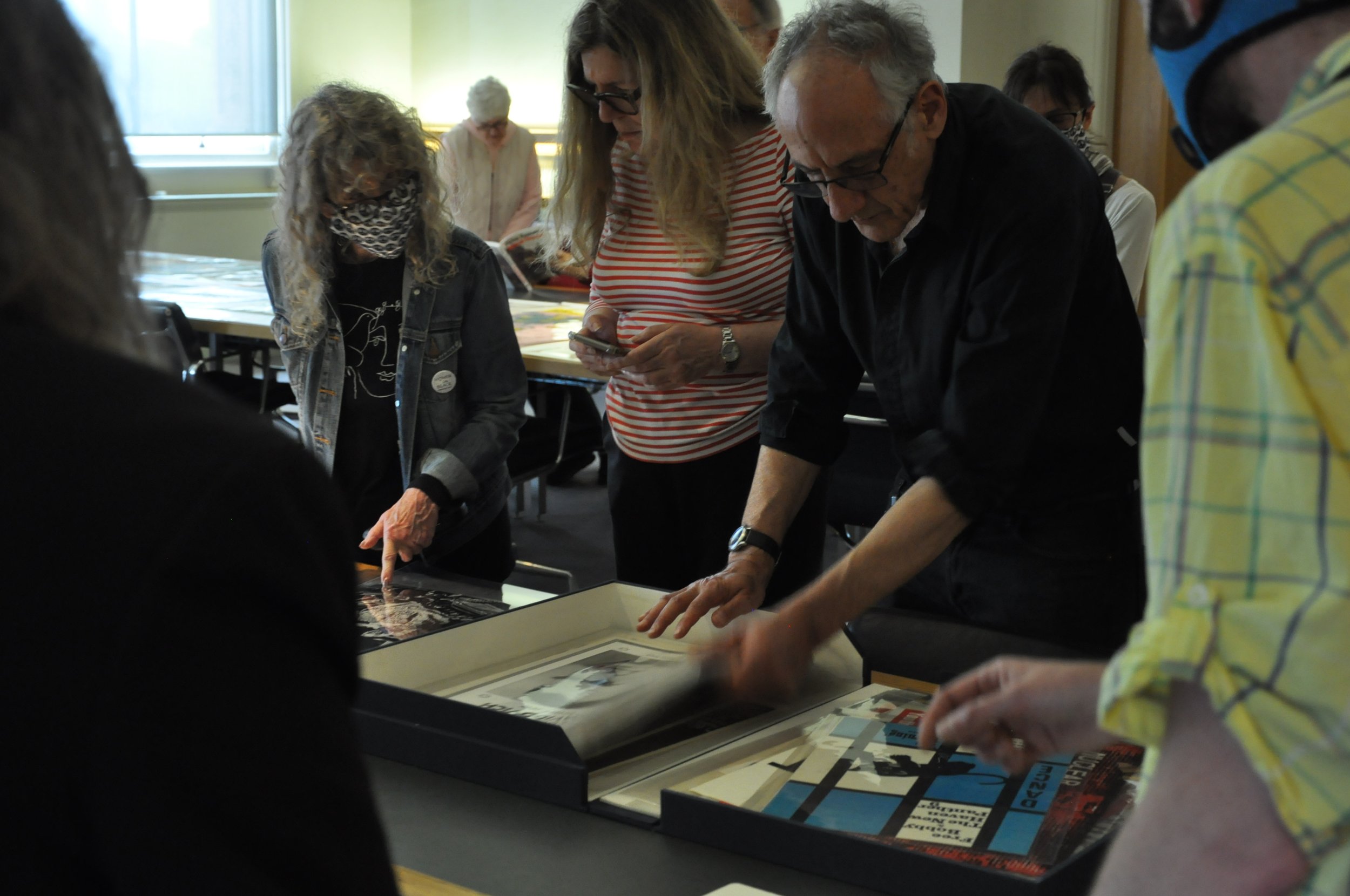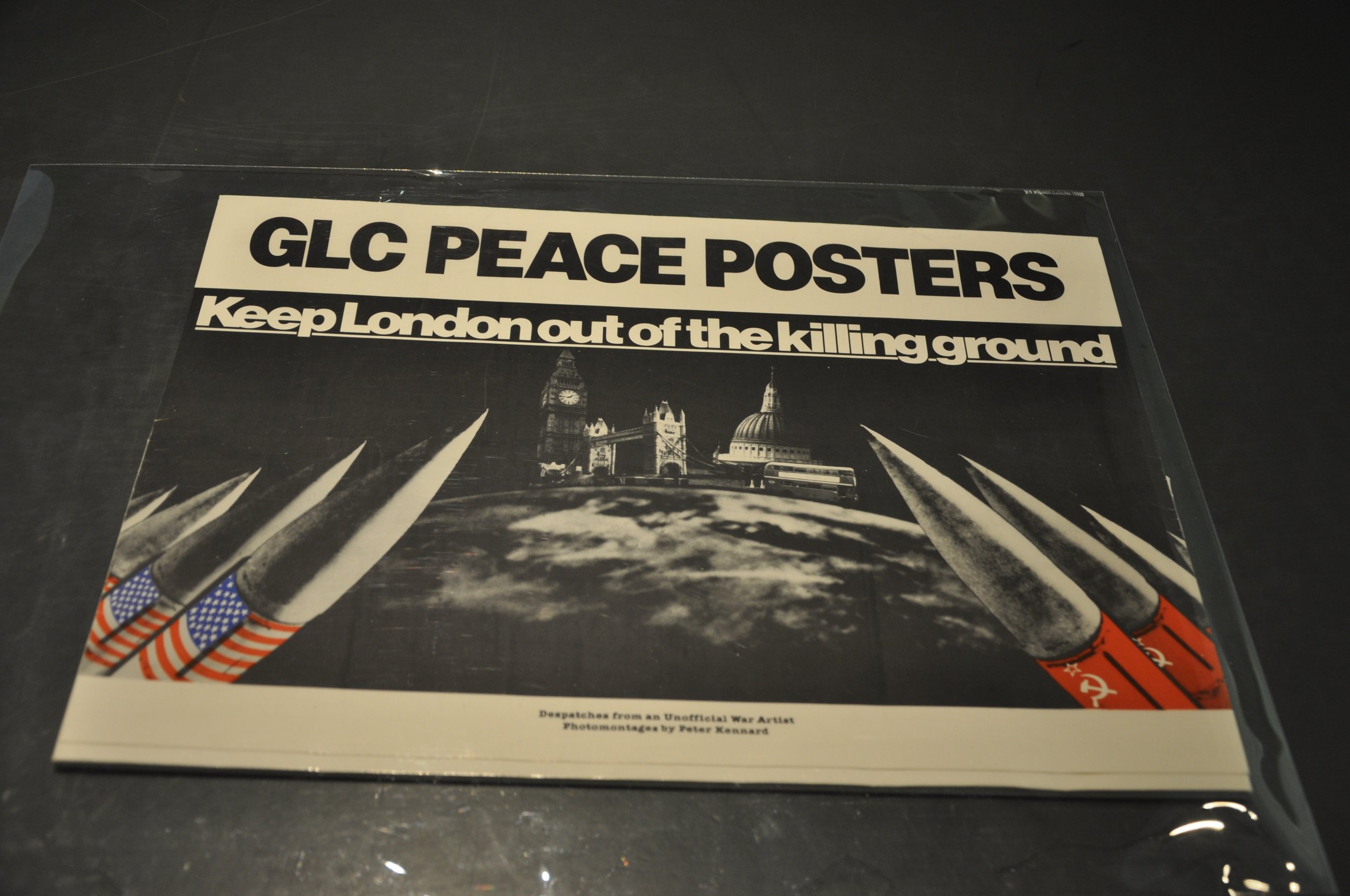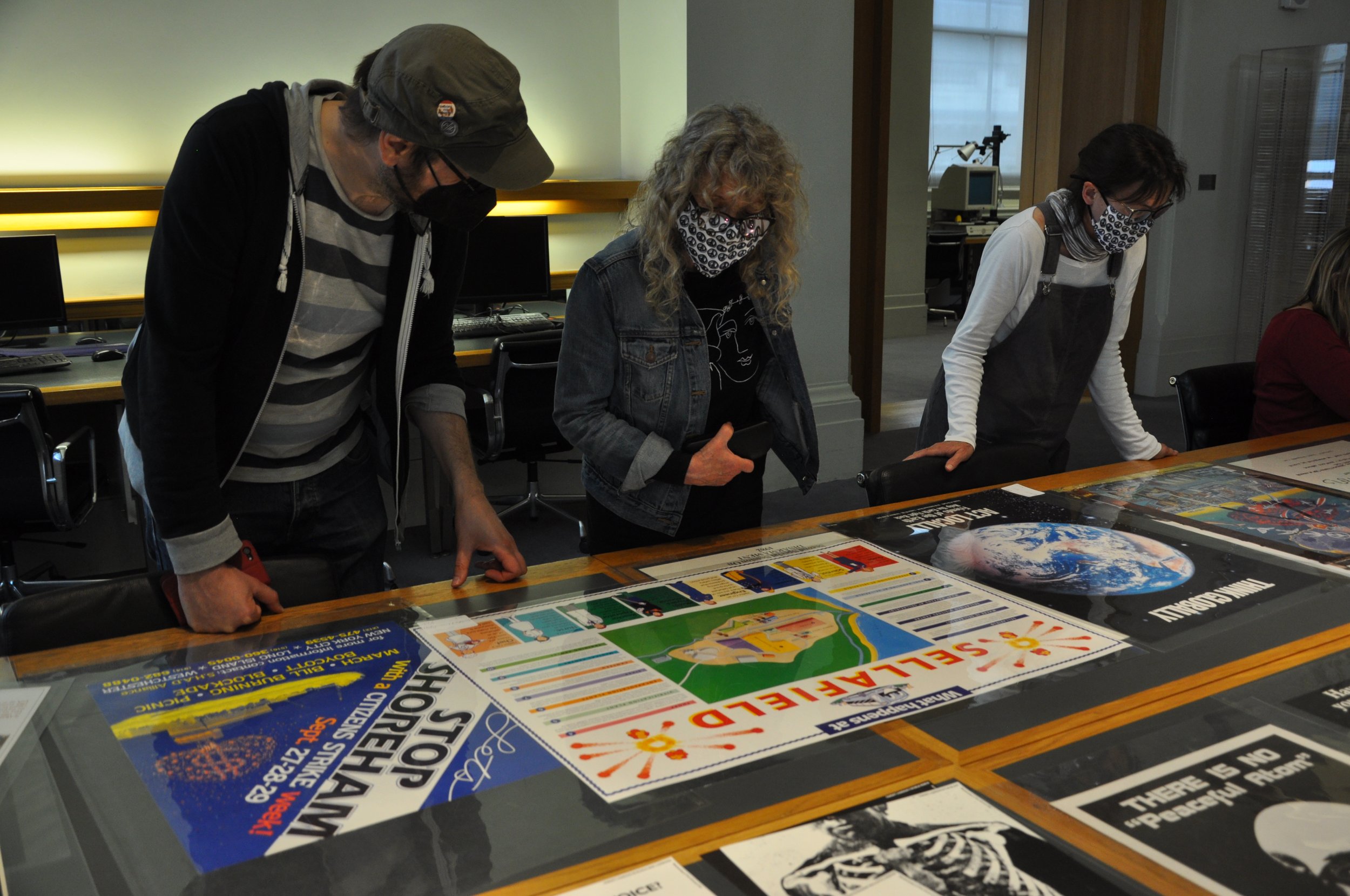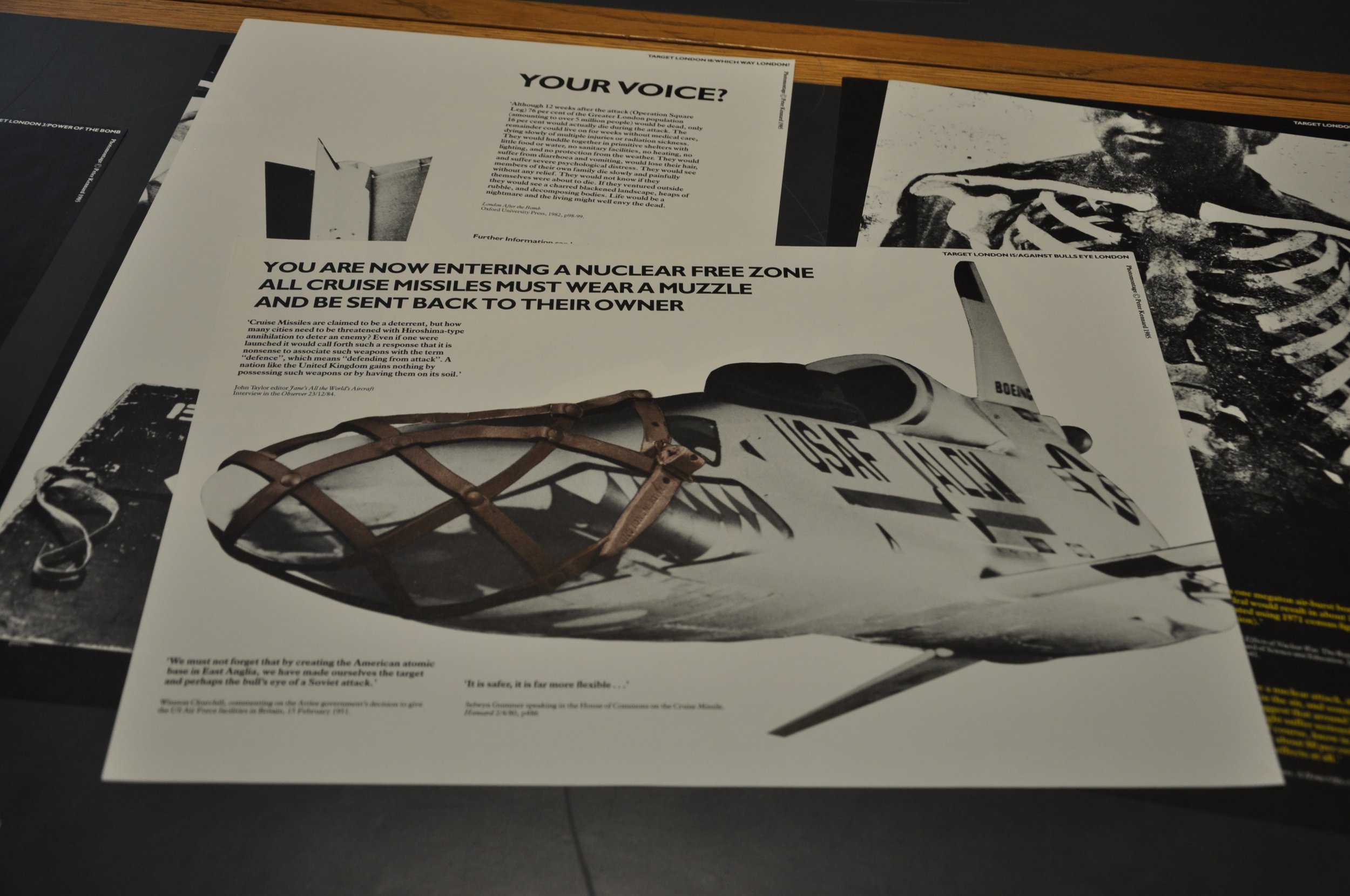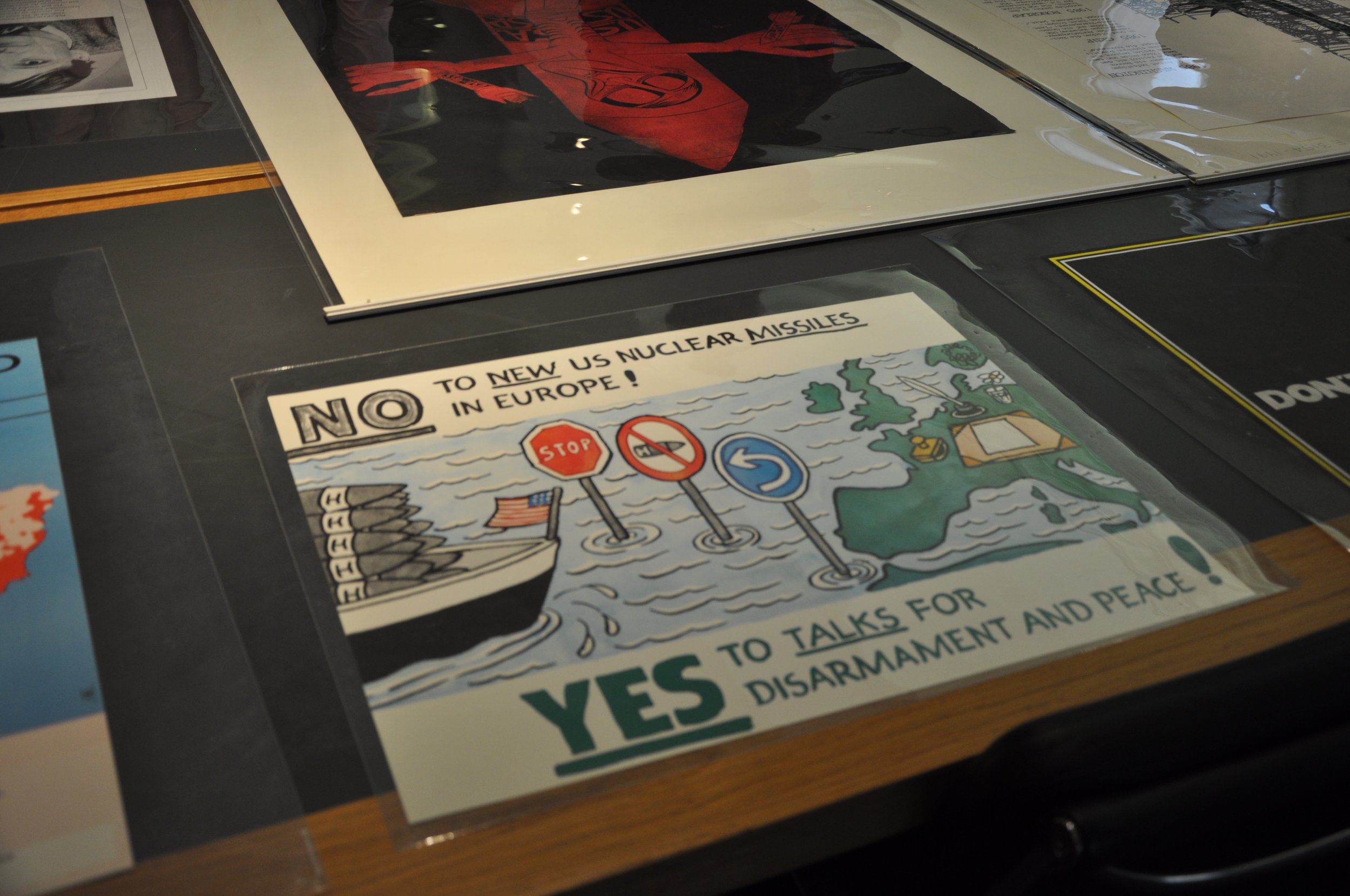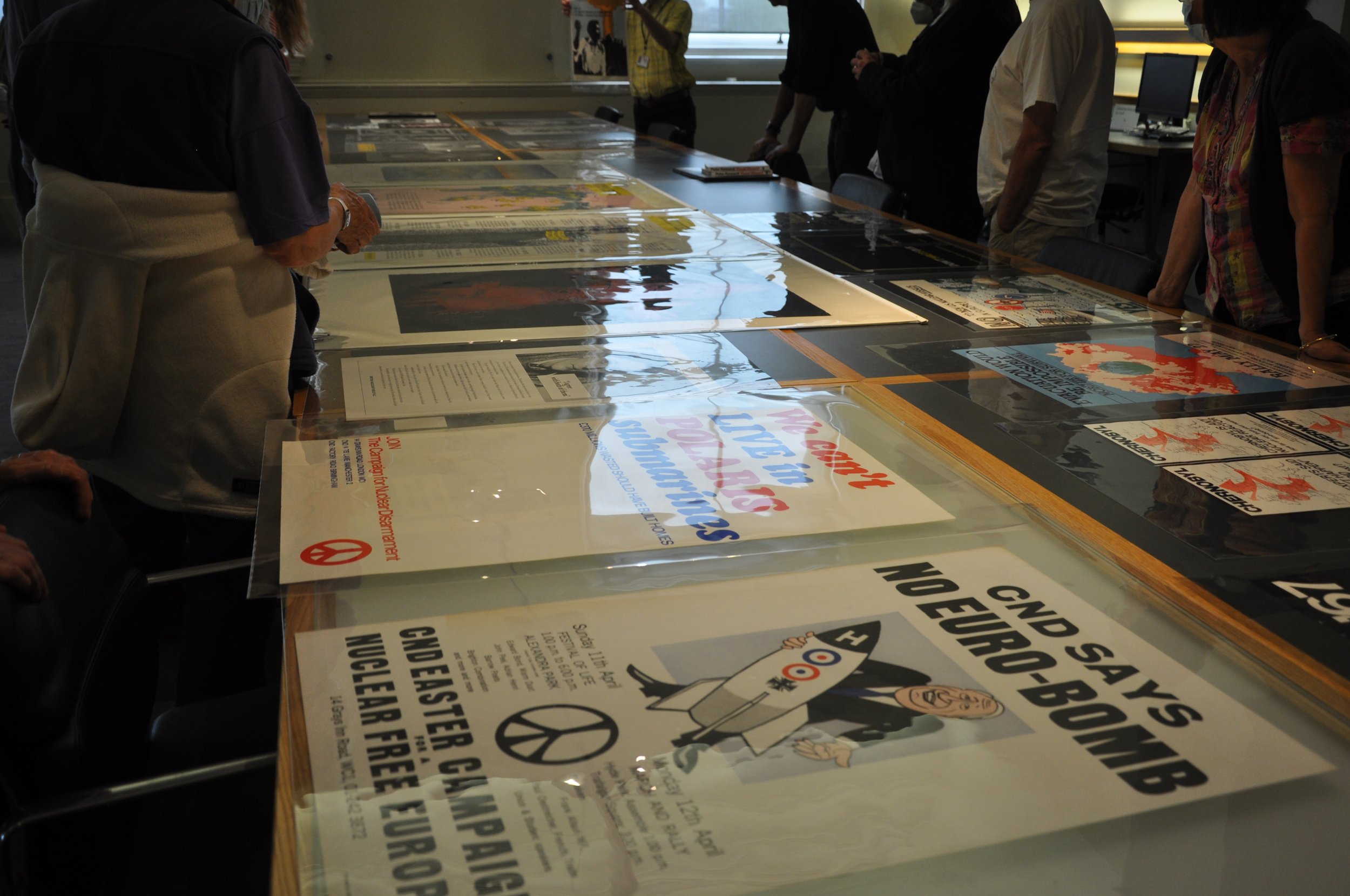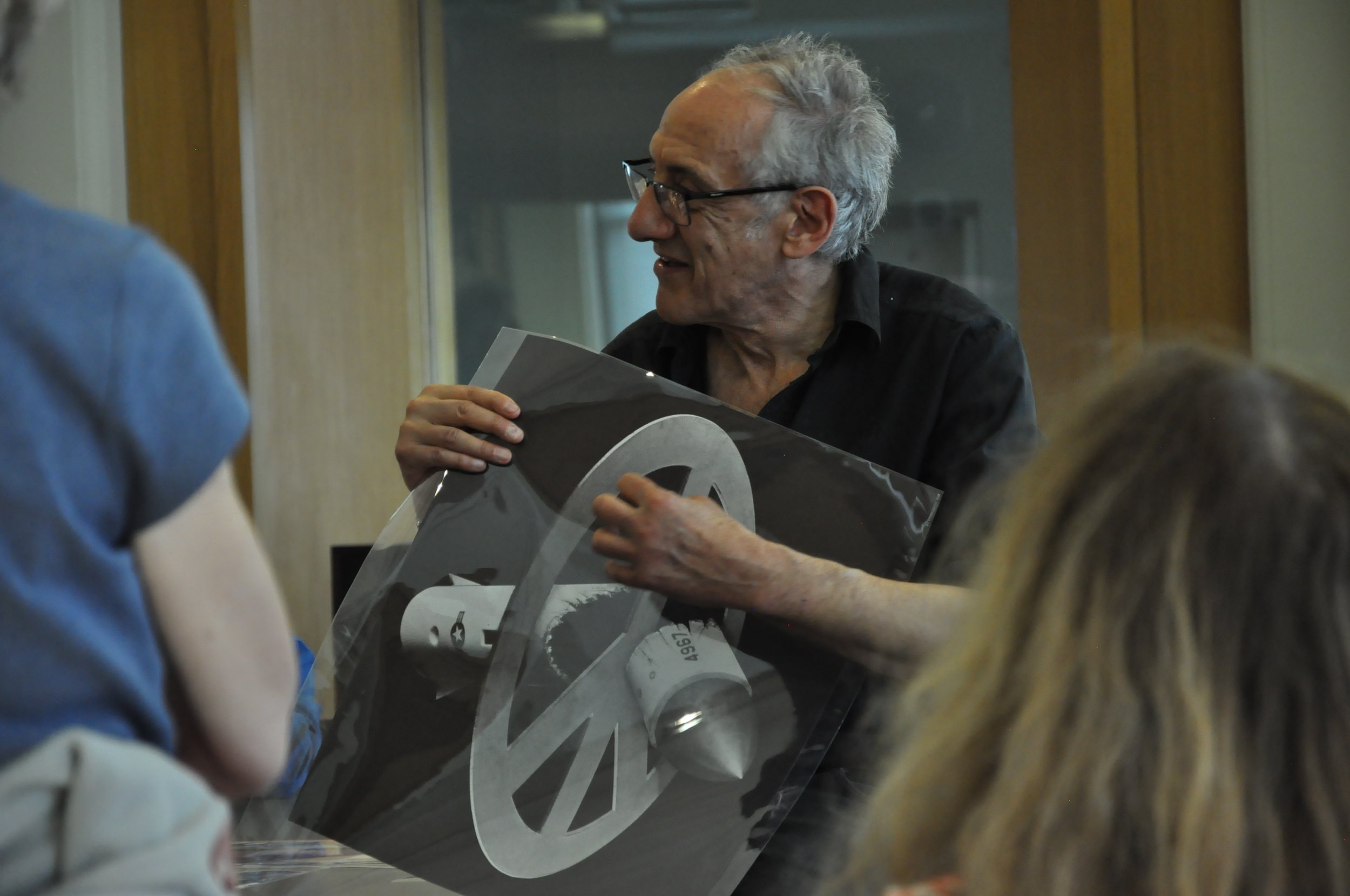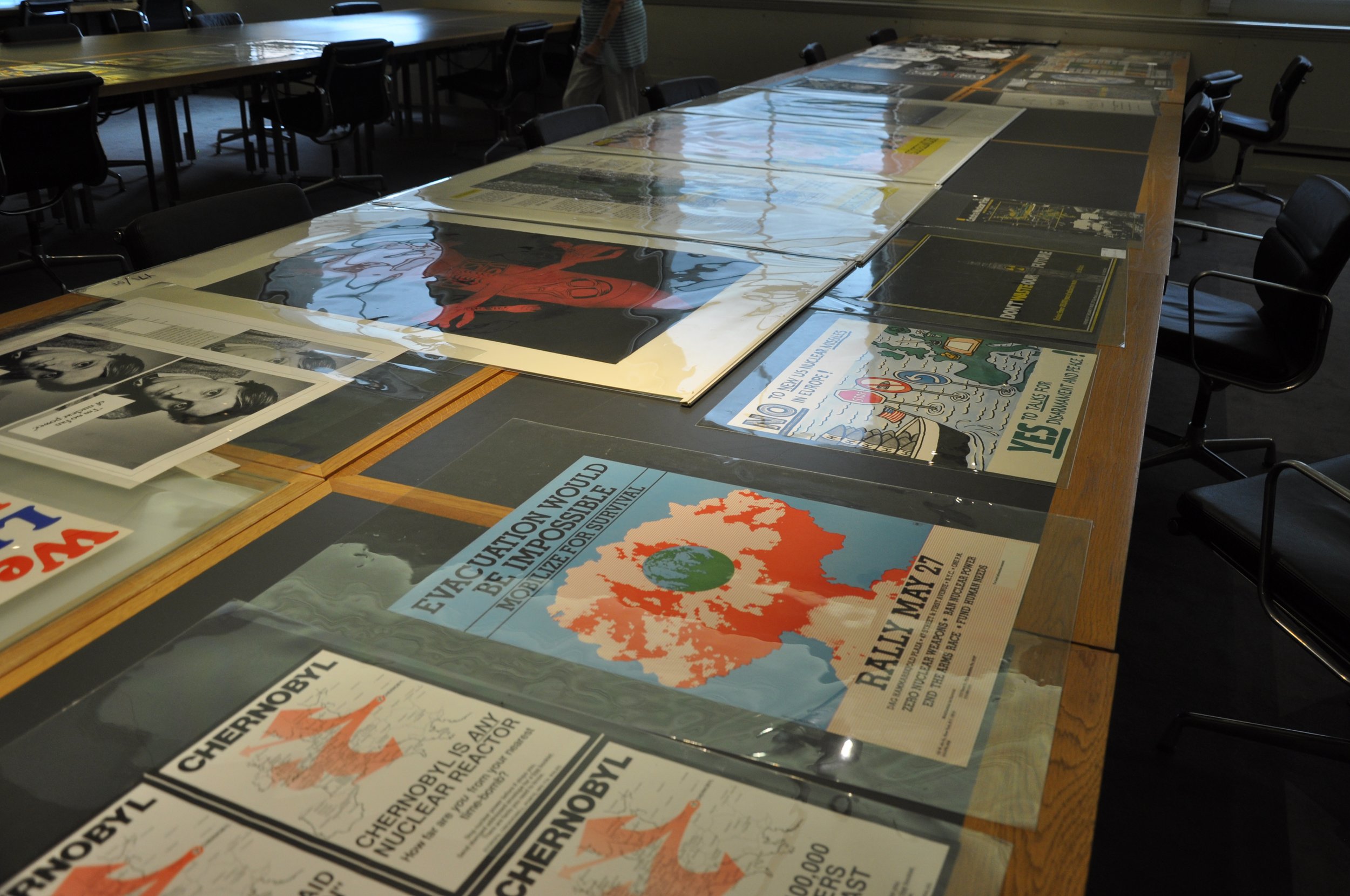I am Yuki: The Hiroshima project [Music]
As the 77th commemoration of the bombings of Hiroshima and Nagasaki approach, London CND is proud to feature the work of Diego Philips, a London-based musician, presenting a musical and deeply emotional rendition of this human tragedy.
I am Yuki :The Hiroshima project promotes global peace, forgiveness and tolerance. After years of collaborative work, is now available to all.
You can watch the concept-album here:
A bit of context
Philips’ intimate relationship with Japan started in 2004 on his first visit to Japan. In 2007 he went back and spent six months there where he attended a Japanese High School, soaking in Japanese Culture. In 2013, he went back once more on holidays and visited the city of Hiroshima, where he was deeply moved by the historical events whilst visiting the Hiroshima peace museum.
The music takes influence from various places, from The Beatles to The Velvet Underground and other bands like Wilco and Radiohead. The final product is a syncretism of Folk & Rock, pulling from the influence palettes of the musicians.
The narrative behind the music tells the story of a young boy called Yuki, who sees his life being taken away by the bombings. The concept-album finishes on the word of Turkish poet Nazim Hikmet as an ode for global peace.
As the project was ready to be released, the pandemic hit the world and everything came to a standstill. The world has now been transformed by a global experience and people everywhere have seen their own worlds shaken by the events. This project is closer to us now than ever before and is finally ready to be presented.
More than a concept-album, I am Yuki : The Hiroshima project is promoting global peace, forgiveness and tolerance, helping the world to remember that the events of the past shape the world of tomorrow.
